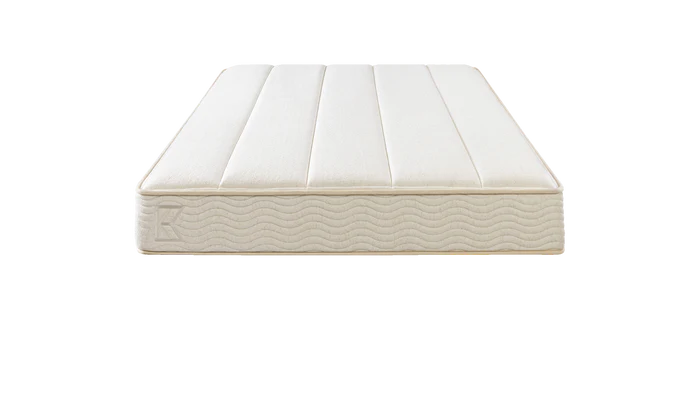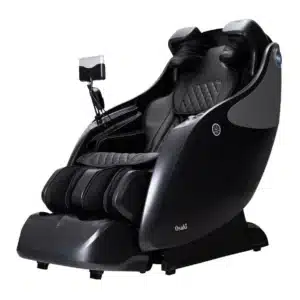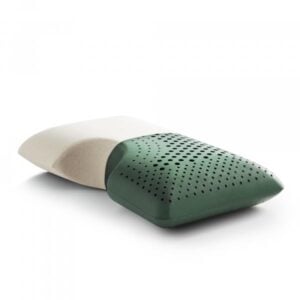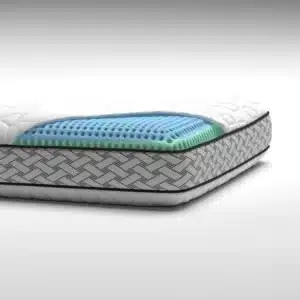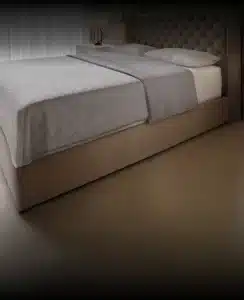A Comprehensive Guide to the History of British Mattresses
The History of British Mattresses unveils a fascinating journey that traces the evolution from rudimentary straw-filled sacks to today’s sophisticated and luxurious designs. This guide will explore the key innovations and transformative phases that have shaped the mattress industry in Britain, showcasing the advancements that contribute to today’s sleep experience.
Early Innovations in British Mattresses
Humble Beginnings: Straw and Feathers
The evolution of mattresses began with simple materials. In antiquity, mattresses made from sacks filled with straw provided basic comfort and protection from the cold ground. These humble beginnings reveal the resourcefulness of early mattress makers who created practical solutions for sleep.
Animal skins, particularly from deer, were also used, often stuffed with hay or straw to enhance warmth and comfort. In warmer regions, people constructed sleeping mats from Palm boughs, showcasing an early ingenuity in mattress design.
As time progressed, feathers became synonymous with luxury. Wealthier classes relied on mattresses filled with goose or duck feathers, offering a plush sleeping surface that symbolized status. This shift towards feather mattresses highlighted the widening gap in bedding quality between the affluent and the less fortunate.
Ancient Waterbeds: An Unexpected Innovation
Surprisingly, waterbeds trace back to around 3600 B.C. in Persia. Constructed from goat skins filled with water, these ancient beds provided both pressure relief and a unique sleeping experience. Even in those early times, people were experimenting with materials to improve sleep comfort.
The Transformative Years: 18th and 19th Century Innovations
The Emergence of Feather Beds and Ticking Fabric
The 18th and 19th centuries marked a revolution in mattress construction. Feather beds, becoming preferences for the wealthy, signaled a shift towards luxurious bedding. Encased in ticking fabric—woven tightly from linen or cotton—mattresses gained both durability and aesthetic appeal.
Samuel Whitman’s Coil Spring Mattress
A major leap occurred in 1805 when British inventor Samuel Whitman patented the coil spring mattress. This innovation drastically improved comfort and support, laying the groundwork for modern mattress design.
Pocket Springs: Redefining Support
In 1865, Heinrich Westphal introduced the pocketed coil spring mattress. This design feature allowed individual springs to move independently, providing tailored support and minimizing motion transfer—a game-changer for couples.
These innovations of the 18th and 19th centuries laid the foundation for the advanced mattress technologies emerging in the 20th century.
The Rise of Modern Mattresses
Advancements in Materials: Latex and Memory Foam
In the early 20th century, latex foam entered the market, bringing exceptional resilience and comfort. Its hypoallergenic properties made it particularly appealing to those with allergies.
Then came memory foam, developed by NASA in the 1960s. By contouring effortlessly to body shapes, memory foam provided unparalleled support and pressure relief, quickly gaining popularity because it adapted to individual sleeping styles.
Luxury Redefined: Savoir Beds
On the luxury front, Savoir Beds emerged in 1905, becoming a hallmark of bespoke craftsmanship. These mattresses, handcrafted from premium materials like wool and horsehair, exemplify the blend of tradition and modern comfort in British bed-making.
Evolution of Pocket Springs
Modern mattresses continue to utilize the pocket spring design, which has evolved further to provide even better support and minimize motion disturbances. This adaptability has made pocket springs a favored choice for consumers.
The Historical Context: Victorian Era and Beyond
Dramatic Shifts in Design
The Victorian era ushered in new perspectives on hygiene and aesthetics, leading to the creation of iron bedframes that replaced wooden ones. This revolution not only enhanced cleanliness but also allowed for softer cotton mattresses to be more widely available.
During this time, beds transformed from mere sleeping surfaces to symbols of status and luxury. Four-poster beds adorned with elaborate drapes became the pinnacle of opulence among the elite.
The Role of Springs and Enduring Craftsmanship
Spring technology, with its various models, revolutionized support in mattresses. The introduction of pocket springs marked a significant development in enhancing comfort, tailoring support to individual sleeper preferences.
Brands like Hypnos and Vispring became renowned for their handcrafted mattresses, utilizing natural materials that emphasized British craftsmanship and quality.
20th Century Developments: Technological Innovations
Air Mattresses and Pillow-Top Designs
The 1980s saw the rise of air mattresses, which provided customizable comfort through adjustable firmness. Meanwhile, the 1990s introduced pillow-top mattresses, initially celebrated for their luxury but later criticized for sagging issues.
Emphasis on Sustainability
Recently, the mattress industry has witnessed a shift towards eco-friendly materials. Organic cotton, wool, and latex options have gained popularity as consumers become increasingly conscious of sustainability.
The Rise of Online Shopping
The digital age has transformed mattress purchasing, enabling consumers to shop from the comfort of their homes. Various brands have thrived by delivering high-quality mattresses directly to consumers, democratizing access to premium products.
Conclusion: The Ongoing Legacy of British Mattresses
The History of British Mattresses is a remarkable narrative of ongoing innovation and evolving comfort. From ancient straw sacks to today’s luxurious eco-friendly designs, this journey continues to impact how we sleep.
As we reflect on this rich history, we recognize the importance of selecting the right mattress for optimal rest and well-being. By staying attuned to mattress innovations and trends, you can discover a mattress that aligns not only with your comfort but also with your values, ensuring restful nights for years to come.
Explore our extensive range of mattress reviews and selections to find your ideal sleeping solution, paving the way for improved sleep and overall health.




